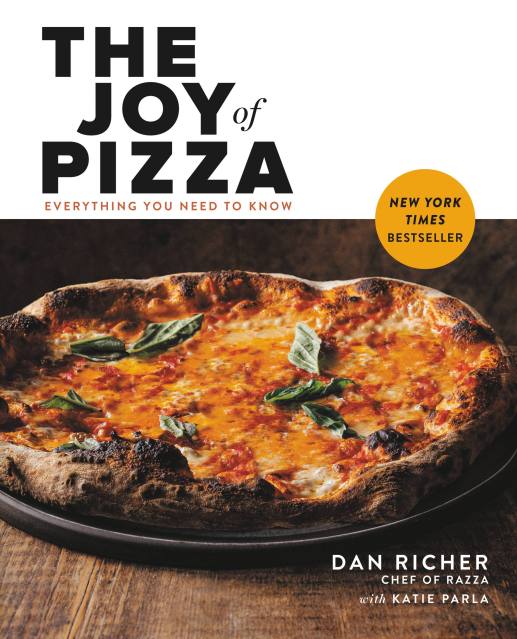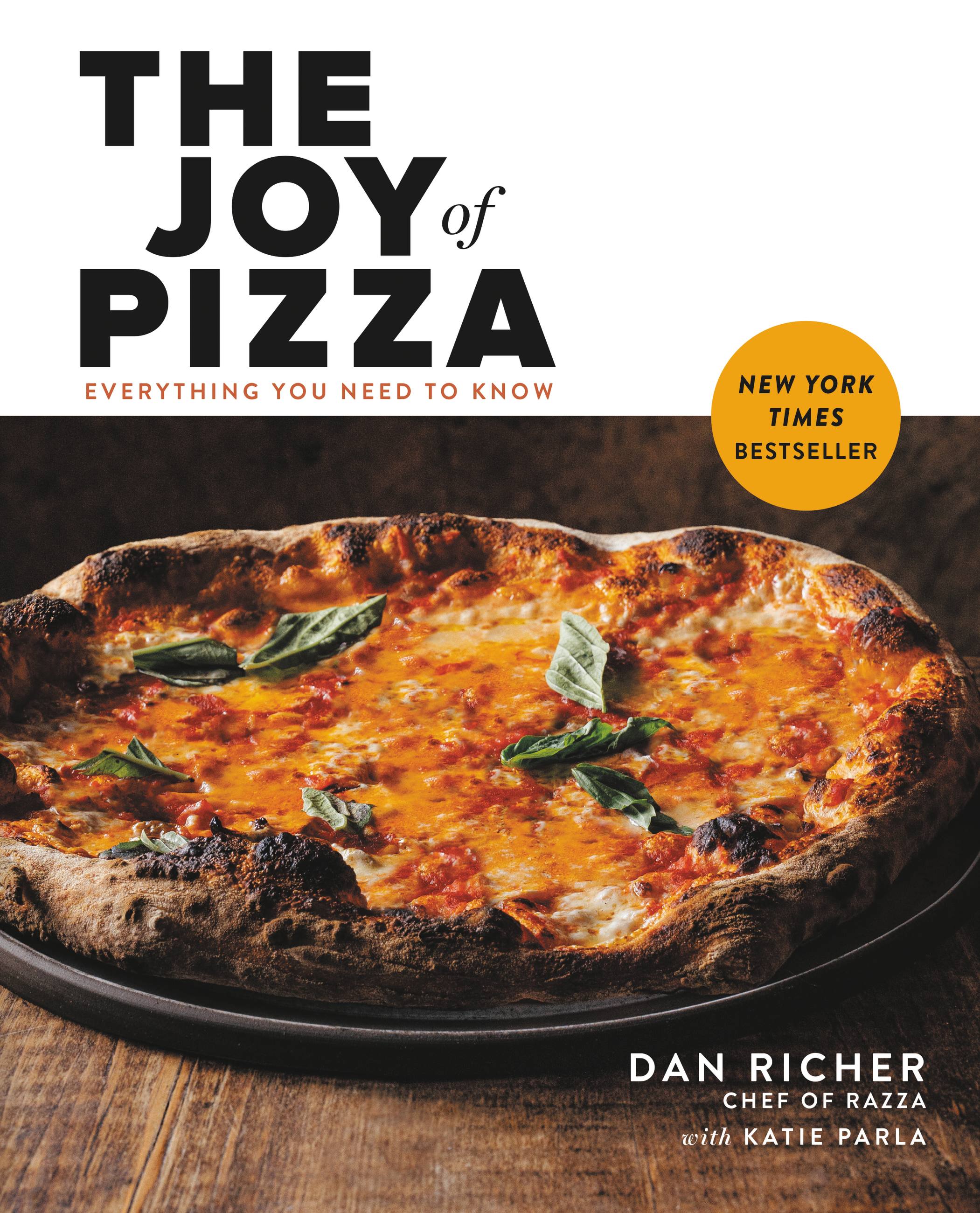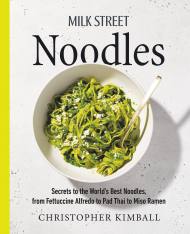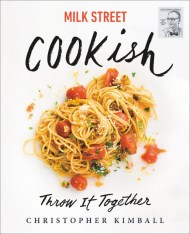Promotion
Use code MOM24 for 20% off site wide + free shipping over $45
The Joy of Pizza
Everything You Need to Know
Contributors
By Dan Richer
With Katie Parla
Formats and Prices
Price
$16.99Price
$21.99 CADFormat
Format:
- ebook $16.99 $21.99 CAD
- Hardcover $35.00 $44.00 CAD
- Audiobook Download (Unabridged) $18.99
This item is a preorder. Your payment method will be charged immediately, and the product is expected to ship on or around November 9, 2021. This date is subject to change due to shipping delays beyond our control.
Also available from:
NEW YORK TIMES BESTSELLER • Learn to make artisan pizza the American way in this accessible, informative guide to the perfect pie from the creator of "the best pizza in New York" (New York Times).
Pizza is simple: dough, sauce, cheese, toppings. But inside these ordinary ingredients lies a world of extraordinary possibility. With The Joy of Pizza, you’ll make the best pizza of your life.
Dan Richer has devoted his career to discovering the secrets to a transcendent pie. The pizza at his restaurant, Razza, is among the best one can eat in the United States, if not the world. Now, Richer shares all he has learned about baking pizza with a crisp, caramelized rim; a delicate, floral-scented crumb; and a luscious combination of sauce, cheese, and toppings that gets as close to perfection as any mortal may dare.
You’ll learn how to make Razza specialties such as:
- Jersey Margherita, a new classic improving on Neapolitan tradition
- Meatball Pizza, the first time Richer has shared the recipe for Razza’s legendary meatballs
- Project Hazelnut, pairing the rich flavor of the nuts with honey and mozzarella
- Santo, topped with caramelized fennel sausage and drizzled with chile oil
- Pumpkin Pie, a cold-weather pie with roasted pumpkin, ricotta salata, and caramelized onions
- And many more inventive and seasonal pizzas, from Funghi (mushroom) and Montagna (arugula and speck) to Bianca (white pizza) and Rossa (vegan tomato pie)
Suited to beginning home bakers and professionals alike, these crusts begin with store-bought yeast as well as sourdough starter. Richer shows how to achieve top results in ordinary home ovens as well as high-temperature ovens such as the Ooni and Roccbox, and even wood-fired outdoor pizza ovens.
The Joy of Pizza is rich with step-by-step photography, links to instructional videos, and portraits of every pizza before and after it meets the heat of the oven—so you’ll know exactly what to do to create superior results.
The ingredients are simple. The methods are straightforward. And the results are deliriously delicious.
Genre:
-
"What makes this book so compelling and perfect for beginners is that Richer starts with the basics. Perfect your own pizza dough, sauce, and cheese selection before combining them all into creative concoctions... You’ll learn how to assess your cheese, measure your cooking temperatures, make your own sourdough, and much more. The Joy of Pizza is beautifully photographed and offers useful tips for beginners and advanced skills for pizza pros."Cool Material
-
Home cooks interested in learning how to make pizza from scratch will appreciate this cookbook by rising culinary star Richer... The recipes for different kinds of pizza dough (including sourdough) are worth the price of admission alone, but the book also helpfully includes rubrics for evaluating tomatoes, olive oil, and mozzarella.Library Journal
-
"For Dan Richer, the best pizza is not in New Jersey, or New York, or even Italy—but wherever you happen to be. As long as you get your hands on the finest local ingredients and master the art of dough-making, you can produce a truly exceptional pie from just about anywhere. The Razza chef/owner explains this, along with everything else he’s learned in his 20 years of making pizza, in The Joy of Pizza."Thrillist
-
"It's difficult to manifest subjective feelings like 'joy' into tangible objects. But, if joy were a food, we can all agree that it would be pizza. Now there's a new treatise on the subject, and it takes the form of a 288-page book that looks good enough to eat."UrbanDaddy
-
"Dan Richer, chef of Jersey City institution Razza, and Rome-based writer Katie Parla team up on this exuberant celebration of one of the world’s favorite hand-held meals, replete with tips and recipes for how to achieve airy yet crispy crusts and masterful flavor combinations."Saveur
-
"[T]he perfect reference for home cooks and professionals alike."Food52
-
"This book is for pizza lovers, period."Good Morning America
-
"I could eat these pizzas for every meal."Kelsey Lynch, author of Cooking Through Trader Joe's, Glamour
-
"You love it because it’s perfect but do you know how to make it? You will after reading this. Written by the chef of Razza, the New Jersey pizzeria that makes food critics cry and the NYTimes betray its own city, The Joy of Pizza covers every step in the pizza-making process. Using simple ingredients, you’ll make 2022 the Year of the Pie, using just your regular old oven."GearMoose
-
"The definitive pizza book for the home cook. Not even close. And [Richer and Parla] are as smart as it comes on all matters culinary. Huge winner."Andrew Zimmern
- On Sale
- Nov 9, 2021
- Page Count
- 288 pages
- Publisher
- Voracious
- ISBN-13
- 9780316462396
Newsletter Signup
By clicking ‘Sign Up,’ I acknowledge that I have read and agree to Hachette Book Group’s Privacy Policy and Terms of Use







